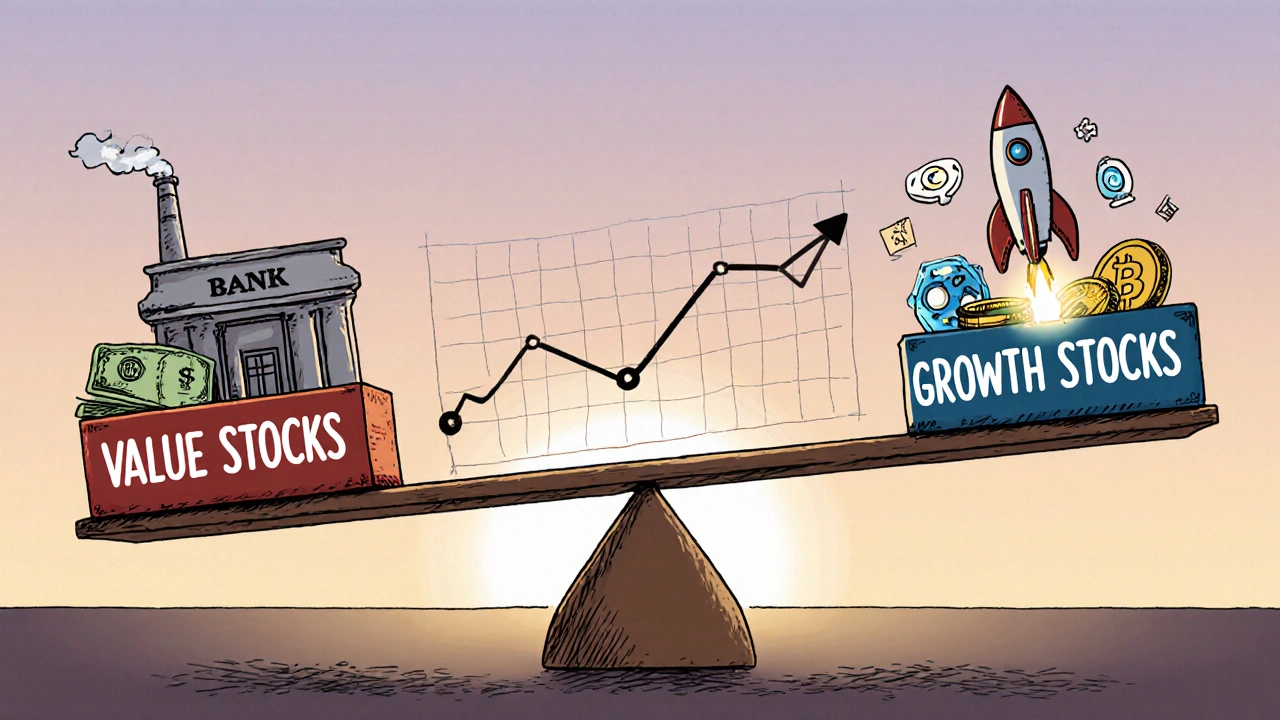Value Investing: How to Find Undervalued Stocks and Build Long-Term Wealth
When you hear value investing, a strategy of buying stocks trading below their intrinsic worth, often associated with Warren Buffett and Benjamin Graham. Also known as fundamental investing, it’s not about chasing hot trends or betting on short-term price swings—it’s about patience, discipline, and understanding what a business is truly worth. This approach doesn’t require you to be a Wall Street analyst. You just need to ask simple questions: Is this company profitable? Does it have a strong balance sheet? Is its stock price low compared to its earnings or assets? If the answer is yes, you might have found a value opportunity.
Value investing relies on a few key ideas. First, intrinsic value, the real worth of a company based on its financial health, cash flow, and future earnings potential, not its current stock price. Second, margin of safety, buying at a price significantly below that intrinsic value to protect against mistakes or market downturns. Third, long-term investing, holding stocks for years, not days, so the market eventually recognizes their true value. These aren’t fancy theories—they’re practical filters used by investors who outperform the market over decades, not quarters.
You won’t find value investing in flashy crypto tweets or meme stock rallies. You’ll find it in quiet companies with steady profits, low debt, and management that treats shareholders like partners. That’s why many of the posts here focus on real-world tools and strategies that support this mindset: dollar-cost averaging with paychecks, bond ladders for stability, REIT ETFs for diversified income, and portfolio hedging to protect against big drops. These aren’t distractions—they’re the backbone of a value investor’s toolkit. Even behavioral finance biases like hope bias and loss aversion show up here because they’re the biggest enemies of value investing. Holding onto a losing stock too long? That’s not patience—that’s your brain tricking you. Selling a great company because the price dipped? That’s fear talking, not logic.
What you’ll find below isn’t a list of stock picks. It’s a collection of guides that help you think like a value investor: how to spot real value, avoid common traps, and build wealth without stress or guesswork. Whether you’re just starting out or you’ve been investing for years, these posts give you the clarity to make smarter decisions—without needing a finance degree or a Bloomberg terminal.
Style Diversification: How to Mix Value and Growth Investments for a Stronger Portfolio
Mixing value and growth investments reduces portfolio volatility and protects against market swings. Learn how to build a balanced portfolio using ETFs and avoid common timing mistakes.
View More